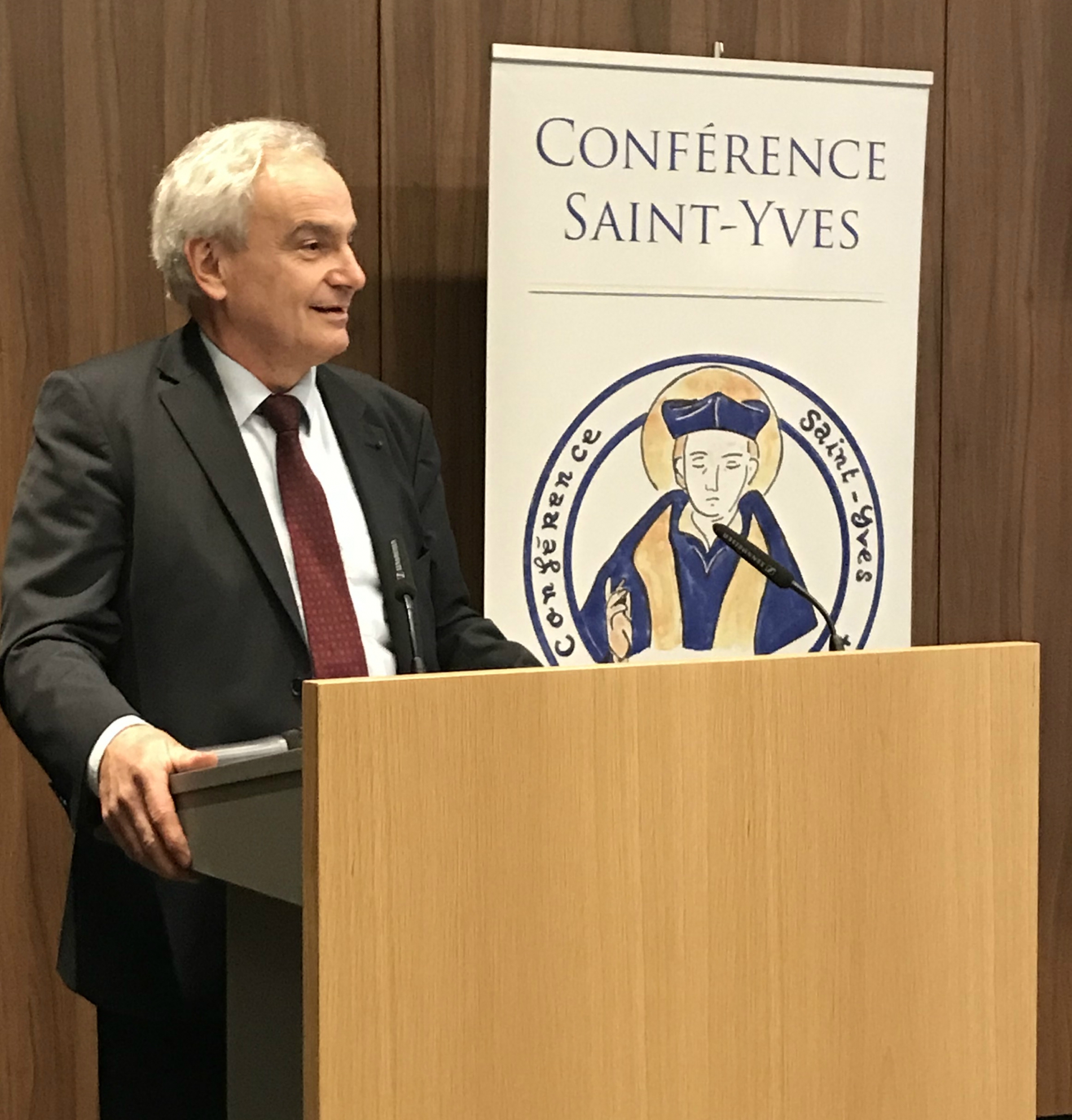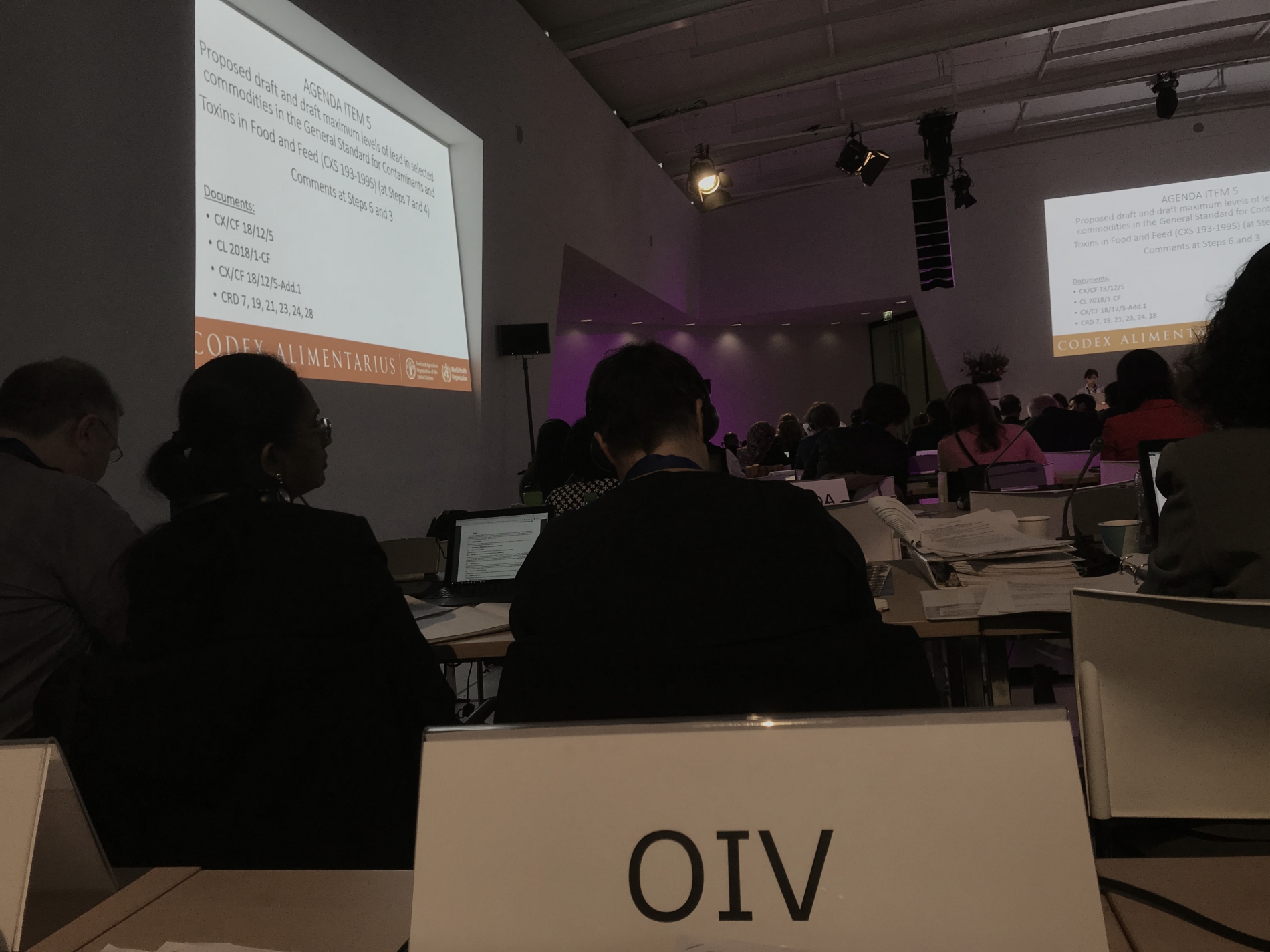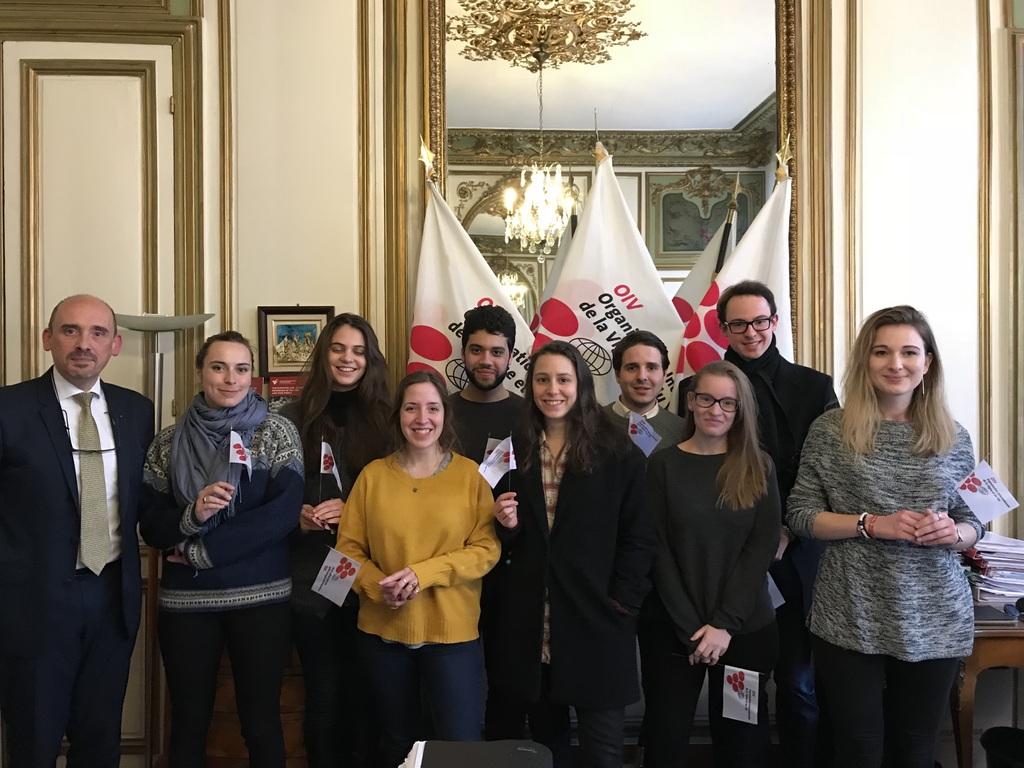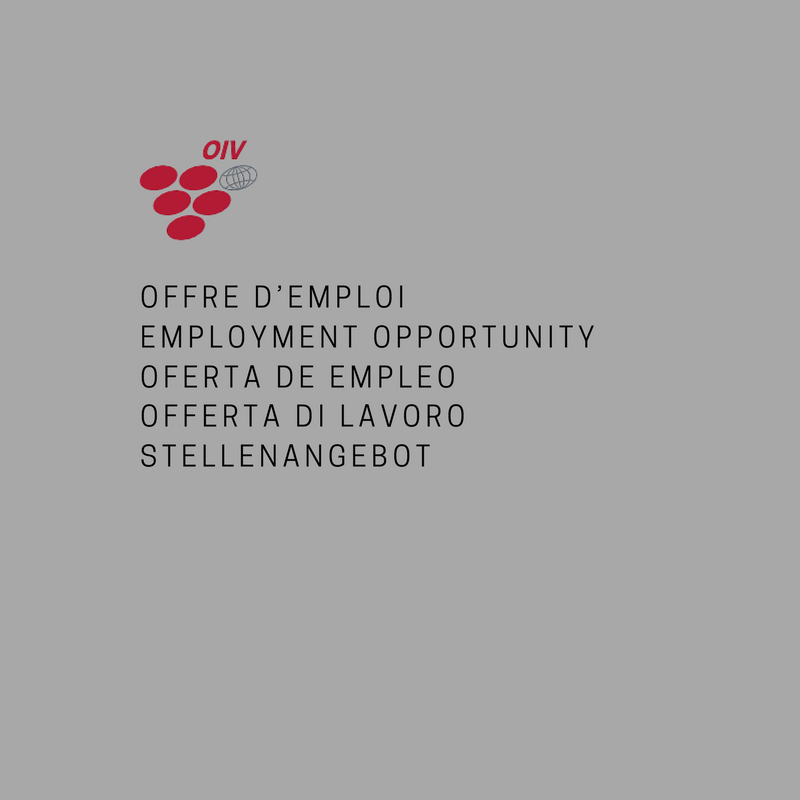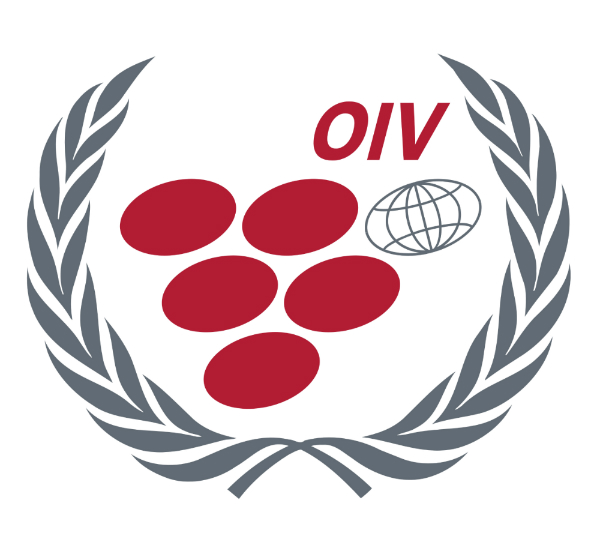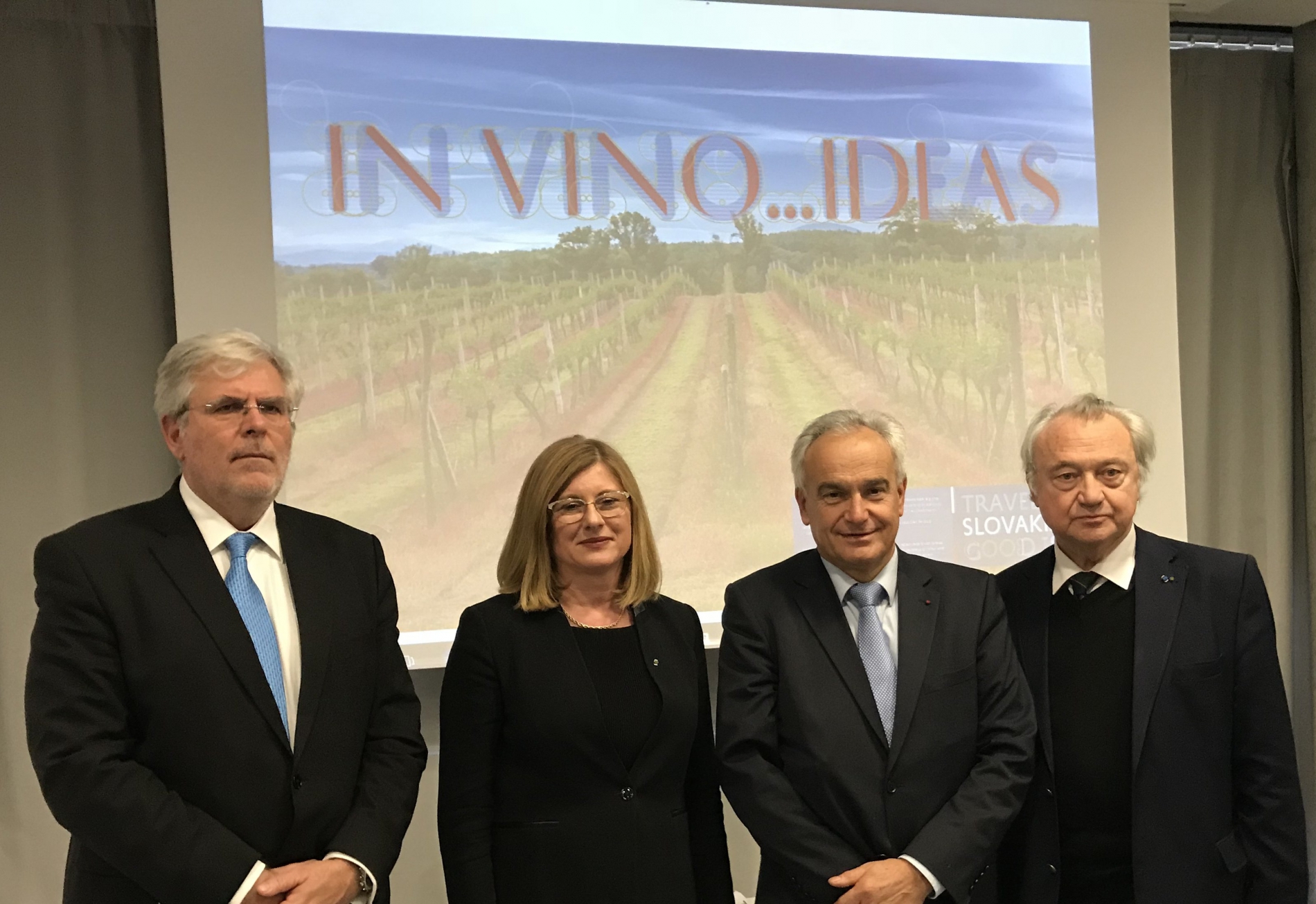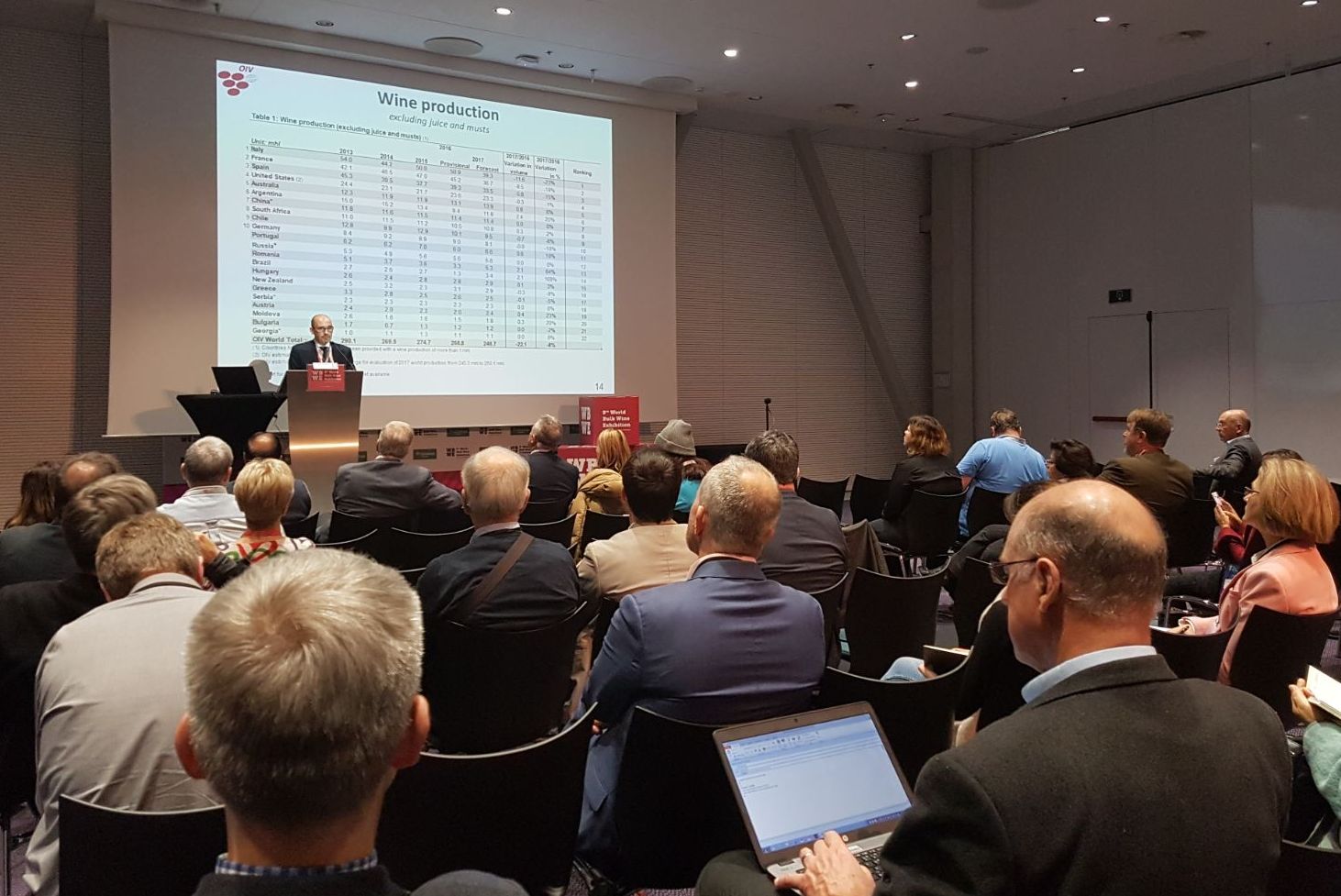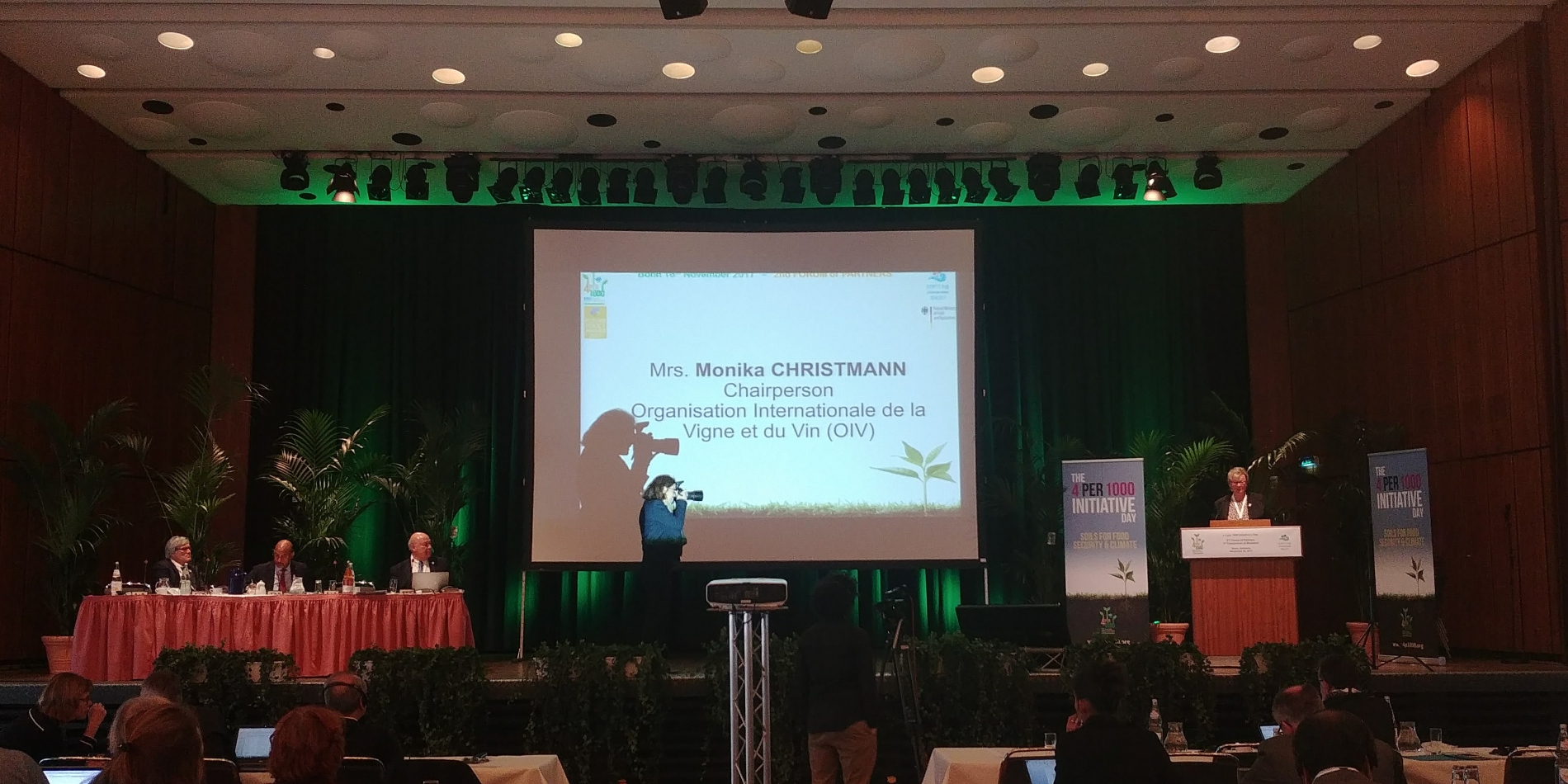25 Mar 2018
Tony Spawton dedicated his career to the marketing of wine as an expert for the Australian delegation to the OIV, teacher, consultant, writer and ambassador of a discipline he helped to create. Originally from the country of Wales, he was an OIV delegate and expert for Australia between 1990 and 2008; in particular, he was the President of the “Market Analysis” Expert Group, and as such a member of the OIV Scientific and Technical Committee. During long periods in Europe as an associate professor, Tony Spawton undertook research on risk reduction and changing consumption trends. As Professor of Wine Marketing at the Roseworthy Agricultural College of the University of Adelaide, then at the School of Marketing of the University of South Australia, he was very active in different groups of the “Economy and Law” Commission and took part in the congresses in Cape Town, Paris, Lisbon, Bratislava, Budapest, Adelaide, Mainz and Buenos Aires. Originally from the country of Wales, he was an OIV delegate and expert for Australia between 1990 and 2008 His collaboration with numerous universities and schools led to him teaching in France, Spain, South Africa, Austria, Argentina, Uruguay, Chile, Hungary, Italy, the USA, Canada, New Zealand and Portugal. The author of a great many publications and of a reference book on wine marketing, he was an active member of the International University Association of Wine. The OIV has highlighted and recognised his career dedicated to a new aspect of the field and the importance of wine marketing, which undoubtedly contributed to the significant development of the knowledge of markets and thus to the progression of the international wine trade, awarding him the OIV Merit Award in 2011.
18 Mar 2018
At the invitation of the President of the Saint-Yves conference (the oldest association of legal professionals in the Grand Duchy of Luxembourg), Mr William Lindsay Simpson, and of the Director of the Vine and Wine Institute and also Luxembourg OIV delegate, Mr Robert Ley, Jean-Marie Aurand gave a conference in the capital on 15 March dedicated to the regulatory role of the OIV and its impact on the global vitivinicultural sector.This conference was open to a diverse audience: representatives of the vitivinicultural sector, ambassadors, members of European Union institutions working in the Grand Duchy, legal professionals... It also played host to the Minister for Agriculture, Viticulture and Consumer Protection, Mr Fernand Etgen.Jean-Marie Aurand with Fernand EtgenDuring his introduction, the Minister gave a presentation on Luxembourg viticulture, emphasising the substantial efforts made by grape growers to improve the quality of wines, supported by public policies that have been put in place.1250 ha of vines along the banks of the MoselleThe Grand Duchy has 1250 ha of vines along the banks of the Moselle, with an average annual production of 110 000 hL of wine – 90% of which are white wines, and 25% of these crémants. Mr Fernand Etgen reminded those present that Luxembourg was one of the eight founding members of the OIV in 1924 and assured the Director General of his country’s full commitment to the Organisation.Jean-Marie Aurand gave a panorama of the state of the global vitivinicultural sector, highlighting the major issues for the future and the role of the OIV within this context.Jean-Marie Aurand gave a panorama of the state of the global vitivinicultural sector, highlighting the major issues for the future and the role of the OIV within this contextHe also praised the high level of involvement of Luxembourg in the work of the OIV and the unfailing support that the Grand Duchy has given the Organisation.
13 Mar 2018
Among the items on the agenda for this session, the delegations from Member States present discussed the revision of the maximum limits on lead in food, including those for wine. Within this framework, the working group established in 2017 recommended reducing the maximum limit in the current Codex from 0.20 mg/kg to 0.05 mg/kg.Several delegations remarked that the data considered by the electronic working group comprises data on beverages other than grape wines. For the setting of maximum limits, it would also be appropriate to take into account the specific characteristics of certain types of wines, such as fortified wines.The OIV's recommendations The representative of the OIV indicated that the International Organisation of Vine and Wine has adopted various recommendations on lead in wines over many years; in 1996 in particular, the OIV set a maximum limit at 0.20 mg/L, which was approved by the Codex in 2001. In 2006, the OIV established a new maximum limit of 0.15 mg/L, which is still in effect today.The OIV drew the attention of the CCCF to the fact that an overly low limit, based only upon a statistical analysis of the samples and not specifically justified from a strictly health-related point of view, could have significant consequences on international trade.On the basis of data from the working group, a maximum limit of 0.05 mg/kg would eliminate around 3% of wines (7.5 million hectolitres of wine), which would be excluded from the international wine trade, as well as a large proportion of fortified wines (24%).In addition, Jean-Claude Ruf also indicated that the OIV is continuing to work on this issue and, in particular, has already initiated a discussion on the potential reduction of the current limit (0.15 mg/L). The Scientific Coordinator encouraged the CCCF to take into account the new work of the OIV on this issue, in order to avoid any duplication or inconsistency with respect to potential limits in the future.The representative of the OIV indicated that the International Organisation of Vine and Wine has adopted various recommendations on lead in wines over many yearsA topic for discussion next yearAfter discussion, and after taking into account all of the information – in particular that which was mentioned by the OIV – the CCCF, at the proposal of its President, decided to postpone discussion of the maximum limit on lead in wine for the coming year. The working group presided by the United States was renewed with this objective of focusing on evaluating the specific characteristics of fortified wines.Moreover, the Committee also agreed to launch new work on the revision of the Code of Practice for the Prevention and Reduction of Lead Contamination in Foods (CAC / RCP 56-2004), adopted by the Codex in 2004, in order to incorporate means of reducing the lead content in wines.Furthermore, the CCCF agreed to present a reduction in the maximum limit on lead in grape juices from 0.05 mg/kg to 0.04 mg/kg to the Codex Committee for final adoption.
26 Feb 2018
After focusing on sparkling wines in 2014, rosé wines in 2015, and table and dried grapes in 2016, the International Organisation of Vine and Wine (OIV) presents a new focus report on grapevine varieties. Download documentThe study provides an overview of the distribution of the world's grapevine varieties and examines current trendsThe world’s vine stock, composed by more than 10,000 varieties, has undergone considerable change over the last 15 years. The study provides an overview of the distribution of the world's grapevine varieties and examines current trends. It focuses on all varieties, regardless of how the grapes are used (wine, table, dried or otherwise), encompassing 75% of the world's area under vines. The analysis is based on data available on 44 countries since 2000, and focuses on those with a vineyard area above 65,000 hectares and their 10 main varieties. Please note that a table providing the data used in the report is also available here.
21 Feb 2018
In February, at the OIV headquarters, the General Secretariat of the Organisation hosted numerous students from different training programmes who wished to explore different aspects of the global vitivinicultural field and its international governance.Students on the Master II in International Administration at Paris Panthéon-Assass University discovered the legal aspects of the management of an intergovernmental organisation and its specific characteristics, while those on the Master II in Wine and Spirits Law at the University of Reims Champagne-Ardenne looked at the legal issues of the sector related to geographical indications or labelling, and students on the Bachelor Sc in International Wine Business (IWB) at Hochschule Geisenheim University focused on economic developments in the sector and markets. The Director General of the OIV was heavily involved in these meetings in order to exhibit the missions of the OIV and the way it functions, and to present the major trends and issues in the sector. Before these students, who came from 10 or so different countries, Jean-Marie Aurand also recalled the importance and investment of the OIV in training upcoming generations who will be called upon to manage the sector. The Organisation conducts this in particular via the "Training" Expert Group, which has defined minimum levels of training for the positions of oenologist and sommelier, and also through the database of international vitivinicultural training programmes.
20 Feb 2018
Job descriptionProvide secretarial services for the Viticulture Commission, the Table grapes, raisins and unfermented vine products Sub-Commission and associated expert groups.More information and recruitment conditionsApplication form (our website only allows documents in pdf format. To request the application form in word format please contact job@oiv.int)
28 Jan 2018
Journals, advertising and commercial documents are not accepted.An award-winning book or not awarded book will not be presented to the Jury a second time. 2 submission forms : http://oiv.int/en/the-international-organisation-of-vine-and-wine/oiv-awards or jurydesprix@oiv.int● Paper printed books and / or .PDF format / Kindle in the 10 categories.● Interactive digital tool only in the first five categories : 1-Viticulture, 2-Œnology, 3-Vitivinicultural Economy and Law, 4-History, Litterature and Fine Arts, 5-Wine and Health.
30 Nov 2017
On this occasion, during a presentation of the wine sector, Ms Gabriela Matečná, Minister of Agriculture and Rural Development, highlighted the variety of terroirs that determine a rich variety of quality wines. The Slovak Republic is implementing a programme of modernisation, which endeavours to promote the use of new vine varieties and native vine varieties, as well as encouraging initiatives with the aim of developing wine tourism. The Small Carpathian Wine Route, which runs along the vineyards of almost 400 grape growers, is an illustration of this.Around 15 companies took part in the tasting that followed the presentation.Jean-Marie Aurand praised the quality of the existing relations between the OIV and the Slovak Republic, which supports the guidelines and work of the Organisation. The Director General also made reference to the action of H.E Ambassador František Lipka as President of the OIV Award Jury, which every year recognises authors and editors of works on different aspects of vitiviniculture (technical, economical, historical or cultural).With a surface area of 16,600 ha and production of 310,000 hL of wine per year – 70% of which were designation of origin wines – the Slovak vitivinicultural sector has seen a major revival.H.E Ambassador Igor Slobodnik, Gabriela Matečná, Jean-Marie Aurand and H.E Ambassador František Lipka
20 Nov 2017
On this occasion, he recalled the modification made in 2017 to the Harmonised System (HS) Nomenclature of the World Customs Organization with the creation, at the request of the OIV, of the new 2204.22 subheading regarding wines in containers holding more than 2 litres but not more than 10 litres.The HS is used by over 200 countries, as well as economic or customs unions, to draw up national customs tariffs and establish international trade statistics for the purposes of classifying goods traded around the globe. Before 2017, the HS only comprised two subheadings: 2204.21, which identified wine in containers of 2 litres or less, and 2204.29, which identified wine in containers of more than 2 litres – the latter being generally defined as bulk wine. Operators are therefore looking forward to the first statistics, which will make it possible to distinguish wines intended to be packaged in containers of under 2 litres from those sold in volumes of between 2 and 10 litres, and those sold in volumes of over 10 litres.
20 Nov 2017
The 4 per 1000 initiative aims to promote sustainable soil management in order to take action for food safety and the climate. The event attracts a large number of personalities from all arenas: government representatives, intergovernmental and non-governmental organisations, and research institutions. During the opening session, Monika Christmann gave a presentation on the OIV, including its involvement in issues related to environmental protection and sustainability.Soils are a place of considerable carbon stocks, yet often overlooked. An increase of 0.4% per year of soil carbon stocks, thanks to adapted cultivation practices, could absorb up to 80% of total greenhouse-gas emissions.The aim of the 4 per 1000 initiative is to encourage approaches that seek to promote carbon sequestration in soils. The initiative, launched by the French government during COP21 in 2015, has seen strong expansion since. Today the consortium has 21 countries and 11 intergovernmental organisations as members – including the OIV – while 19 countries and over 100 non-governmental organisations and research institutions take part as forum members.

